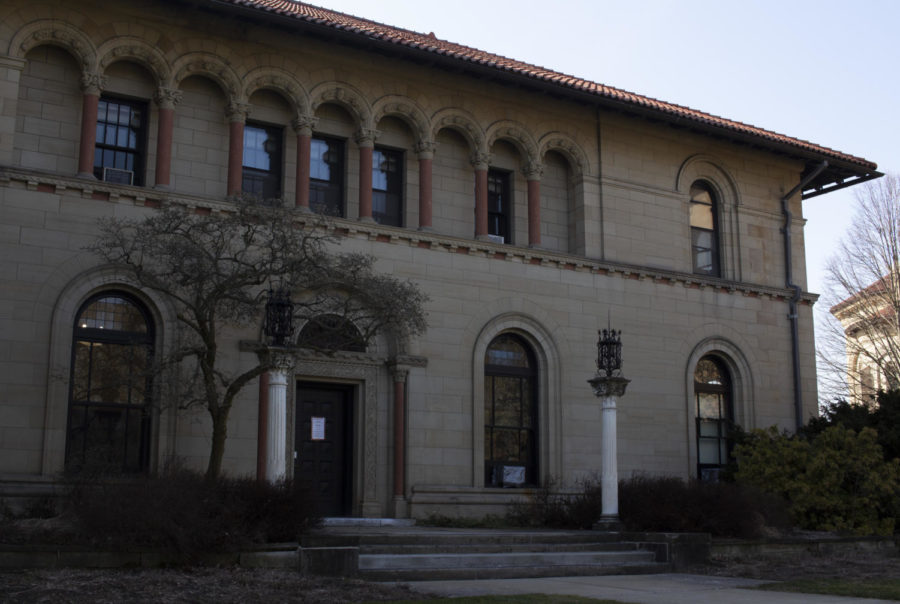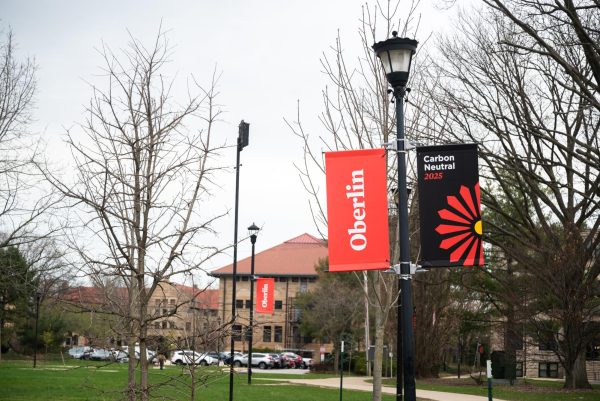College Endowment Surpasses $1 Billion
Despite economic uncertainty caused by the pandemic, Oberlin’s endowment surpassed $1 billion for the first time last November.
In November, the College’s endowment surpassed $1 billion for the first time in Oberlin’s history, and currently stands at $1.09 billion. The endowment increased by around $63 million in the five months between June and November. The College has also fared better than expected in regards to COVID-related losses. Last June the College anticipated a one-time deficit of $44.7 million, but its most recent estimates fall in the range of $13.5 to $20 million.
At the beginning of the pandemic, the endowment was impacted by market volatility in an economically tumultuous year, but it had recovered most of its losses by late summer, according to Vice President for Finance and Administration Rebecca Vazquez-Skillings.
“The short-term market volatility has a somewhat direct impact on the endowment, but the College seeks to mitigate the market volatility and to provide funding stability from the endowment through the diversification of various long-term investments,” Vazquez-Skillings wrote in an email to the Review. “This diversification has also driven the growth of the endowment.”
COVID-19 safety measures and the three-semester plan created a budgetary shortfall for the College, leading the Board of Trustees to approve an extraordinary withdrawal from the endowment. Last June the deficit was originally projected to reach $44.7 million, but due to higher than expected enrollment, donations, and CARES Act funds, the shortfall is now projected to be smaller, between $13.5 million to $20.0 million, according to Vazquez-Skillings.
Even before the pandemic, in the past three years, the College has been trying to balance its budget and address its structural deficit through a series of recommendations in the One Oberlin report. The report found that if the College did not take action, it would accumulate a $162 million deficit from 2018 to 2028. While a larger endowment helps to provide lasting financial security to Oberlin, it is not a cure-all solution to financial problems.
“It’s not a bank account — you don’t get a chance to just tap into it any way you want to” President Carmen Twillie Ambar said. “There’s always pressure, particularly when there are tough financial times, to tap into it now. [But] we can now see, based on our analysis of what the deficits might look like over time, that we should be concerned about the future.”
In a typical year, the investments in the endowment grow, allowing the College to utilize a small percentage of the endowment without it shrinking.
“The way I think about the endowment is as a source of a constant return,” said Chair of the Board of Trustees Chris Canavan. “Let’s say that it’s 3 percent or 4 percent after tax. That means that a billion dollars is really $30 or $40 million a year, indefinitely – that is, unless you want to start spending down your endowment. But once you’re spending down your endowment, you’re making a decision that the institution shouldn’t exist 20 years from now. … So deciding to spend down the endowment is not a decision we would ever take.”
For President Ambar, balancing current financial strains with future concerns is at the heart of understanding the endowment.
“One of the interesting things about an endowment is that it fills two purposes,” President Ambar said. “You need to use it in the present time, and you also need it to be there for your future. And sometimes those things can be in tension. Every time you tap into the endowment extraordinarily, you’re basically sacrificing your future a little bit for the current generation.”
Canavan believes that the extraordinary withdrawal from the endowment is likely to drop the endowment below $1 billion.
“I will note, this is before we make the extraordinary withdrawals associated with the pandemic that we know we’re going to make,” he said. “A couple of months from now, that number will almost certainly dip below a billion dollars. But for now, we’re hovering right around a billion dollars.”
Vazquez-Skillings does not foresee the same outcome and believes that the endowment will likely remain above $1 billion after the extraordinary withdrawal.
“The endowment balance will be most directly impacted by the market,” Vazquez-Skillings wrote. “Should the market remain stable for the remainder of the fiscal year, I anticipate that the endowment will remain above $1 billion after the extraordinary withdrawal.”
If the endowment maintains its growth, the College will have higher returns each year, even after reducing its yearly payout percentage.
“The percentage of interest income that we would intend to spend remains constant during a given year,” Vazquez-Skillings wrote. “Over the next few fiscal years, the College will continue to reduce the payout percentage until it reaches 4.3 [percent]. However, we should anticipate an increased dollar value in light of the larger endowment balance.”







